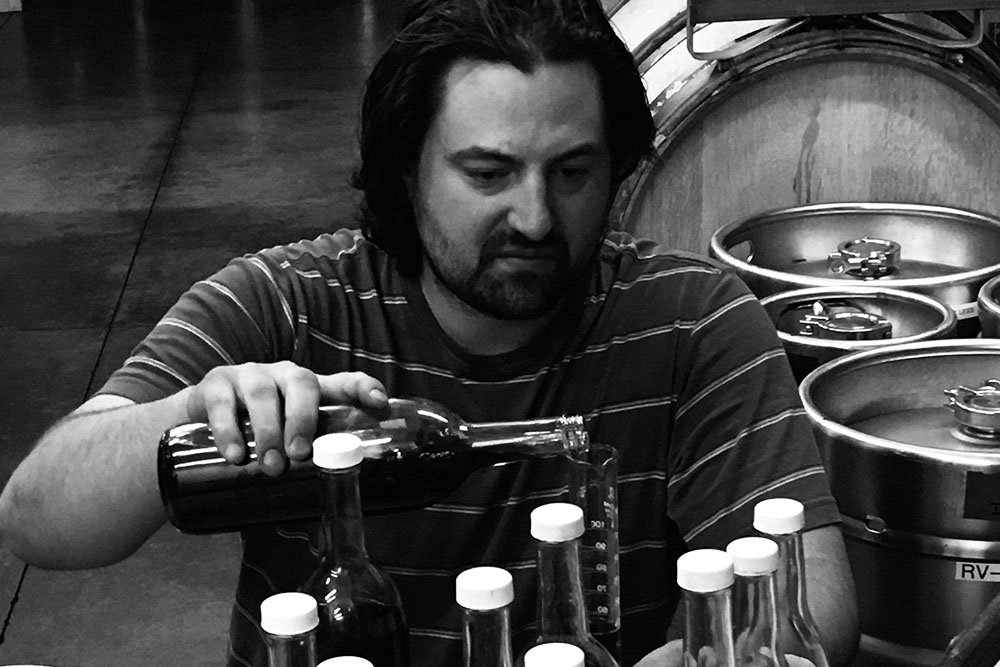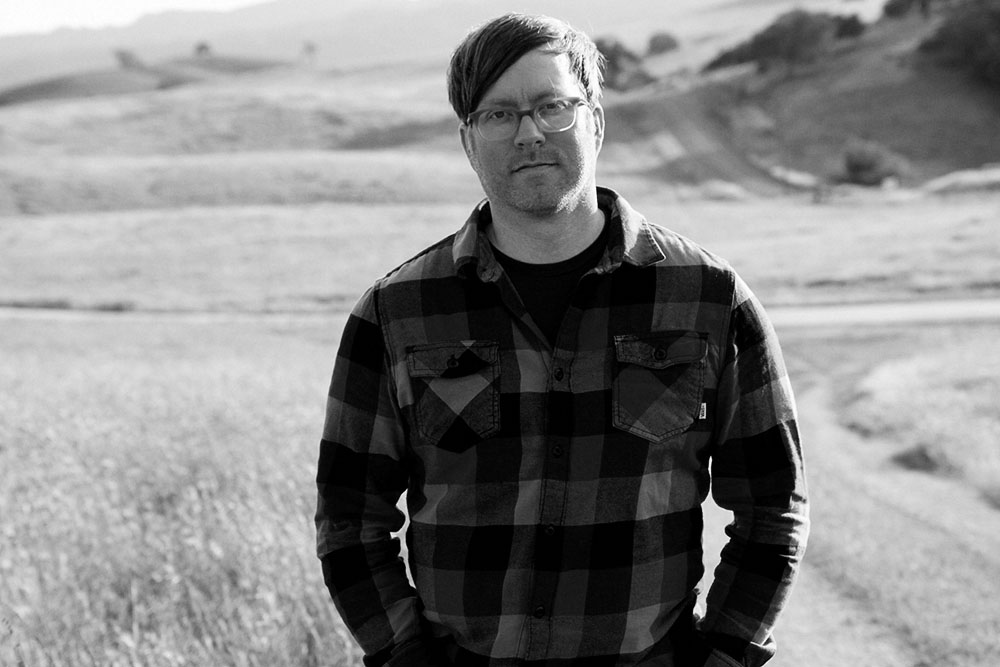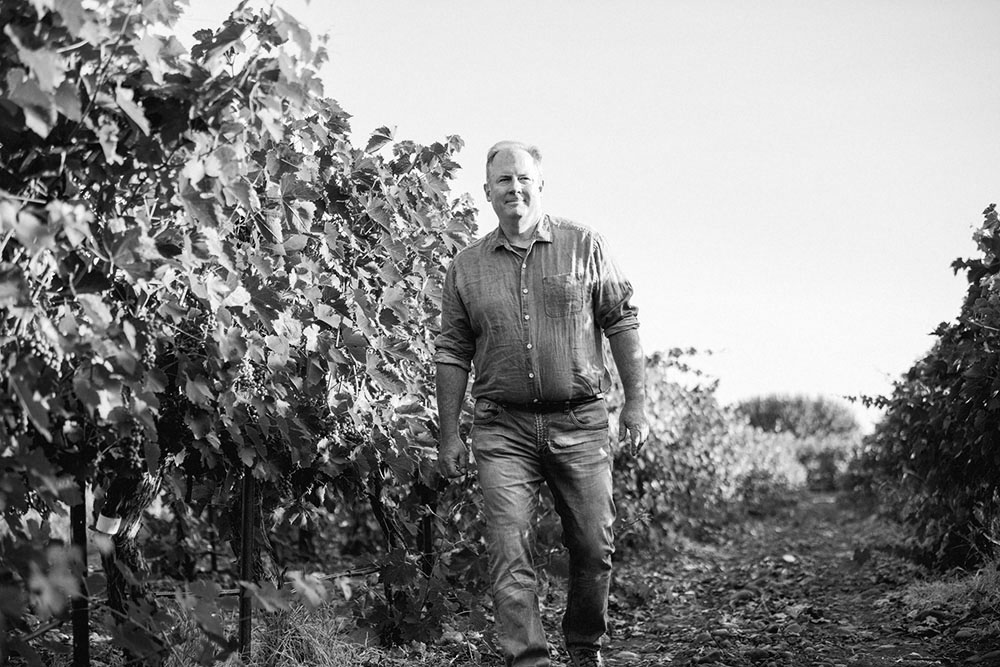I’m going to let you in on a secret. Some of the best Syrah in North America is being grown in the Oregon part of Washington, so to speak.
If that sounds like a riddle, welcome to the bureaucratic hassle that comes with a wine region that has a name that is at once way too long and precisely descriptive: The Rocks District of Milton-Freewater Viticultural Area.
First, let me tantalize you with the taste of the wines. They’re savoury, not fruit driven, and you can usually pick them out of a lineup by their complexity and funkiness. They are true products of their unique terroir, which was (and still is) mainly used for apple farms until an idiosyncratic Frenchman named Christophe Baron decided in the late-1990s that the stony terrain would be perfect for making the wines of his dreams.
Today, Baron’s biodynamic wines from Cayuse Vineyards, which he farms using horses instead of tractors, are some of the most-sought-after mailing-list wines in the U.S. But Baron — who basically created viticulture in the region from scratch — doesn’t like the name of the AVA, so he doesn’t use it. And for a weird bureaucratic reason, neither does almost any other winery.
The Rocks is actually in Oregon, but it’s also part of the larger Walla Walla Valley AVA. The great majority of the Walla Walla Valley AVA is in Washington. (In fact, if you’re looking for a great town in which to spend a few days wine tasting, Walla Walla is one of the best in the U.S.: small and friendly, with tasting rooms you can walk to and good restaurants in the compact downtown area.) But there is a swath of Walla Walla Valley AVA in Oregon.
The Rocks is an outlier in Oregon wine: while it’s one of the coolest sections of the Walla Walla AVA, it’s significantly warmer than the Willamette Valley, where most of Oregon’s Pinot Noir comes from. Milton-Freewater is an economically depressed town about a 10-minute drive south of the Washington border; most vignerons who work in the region live in or around Walla Walla. Oregon’s wine industry has paid scant attention to Milton-Freewater, and why should it? Most wineries making wine from the grapes are based in Washington.
Therein lies the problem. United States law does not allow wineries in one state to use an AVA name on a bottle of wine if that AVA lies in another state. You might think of this as the Texas-Napa rule, because that’s what it is intended to prevent: wineries in Texas from trucking grapes halfway across the continent to ferment and bottle a wine that has Napa Valley on the label.
However, it’s a little silly to tell a winery in Walla Walla that it can’t use The Rocks AVA for grapes picked about 10 miles away. Nobody ever said U.S. wine law has to be sensible.
The upshot is that most wines from The Rocks are simply labelled as Walla Walla Valley. Some of Washington’s best wineries — including Rôtie Cellars, Buty, Betz and Doubleback — make wines from The Rocks but are not allowed to say it on the label. Most have back-label allusions to stoniness, but let’s face it: any wine can say anything on the back label. You have to know that the wine is from there. There aren’t many open secrets in today’s U.S. wine world, so wines from The Rocks might be top of the list.
The wines aren’t cheap, though, because The Rocks is a difficult place to farm. The Rocks is a literal name: the ground in much of the AVA is just rocks.
“At The Rocks, we plant with a crowbar,” says Nina Buty, owner of Buty Winery. “It’s really laborious.”
In growing season, the rocks are an advantage. They hold the heat of the sun and they continue to ripen the grapes after the sun has set. But the winters are cold, and just as Norman Hardie does in Prince Edward County, some growers bury the vines to protect them from killing frost. However, because there isn’t much soil in many vineyards, this can be as hard as planting.
In summer, the high temperatures are lower than the rest of the Walla Walla Valley, but — perhaps because of the rocks — the diurnal variation isn’t as great. This means wines from The Rocks have a higher pH than wines from places where the temperature drops more at night. You can taste this: it’s part of the experience.
“[Rocks wines] have a higher pH but a higher total acidity too,” says Force Majeure winemaker Todd Alexander. “There’s a salinity to them.”
Force Majeure spent a fair amount of money developing its original vineyard on Washington’s Red Mountain, but the company likes The Rocks so much that it is turning an abandoned elementary school in Milton-Freewater into a winery. It will be able to say The Rocks on the label! And soon it won’t be alone.
Maison Bleue has been making Rocks wines over the Washington border, but it is building a winery in the district, and it got a $250,000 grant from the city of Milton-Freewater to explore turning it into a shared facility that other wineries could also make wine in.
“Quite a few winemakers are making wines from The Rocks in smaller amounts, that we could have in our facility, [which] would allow them to accurately label and market the wines,” said Christine Clair, director of Willamette Valley Vineyards, which bought Maison Bleue in 2015. “Our location is right at the entrance on Highway 11. It also provides the opportunity to sell the wines in a collaborative way.”
Clair cautions that they won’t have room for everyone, but they will have more free space than one might normally expect from an 8,000-case winery.
“It’s much different from the Willamette Valley because, there, we have a lot of tanks for white wines,” Clair says. “There’s not much white wine up in The Rocks.”
The fledgling region has already drawn international attention. Bodegas Valdemar from Rioja has bought land for its first project outside of Spain, and plans to plant Spanish varieties, most likely including Tempranillo.
The main grapes now are Rhône grapes, especially Syrah, which thrives in the cool climate. Some wineries have also planted Cabernet Sauvignon, but Alexander says that, perhaps counterintuitively, Cabernet from The Rocks tends to be lighter than Syrah.
As for the flavours … everyone says “funky” at first, but then they will drill down a little further.
“You’re getting things like olives and brine and smoke,” says Buty winemaker Chris Dowsett. “Seaweed. Things that aren’t really fruit driven. I think it’s safer saying something like ‘funk’ than saying something like ‘seaweed’ or ‘smoke.’”
The other parts of the Walla Walla Valley, and also nearby Red Mountain, are fully capable of delivering the fruit-driven wines people tend to expect from the U.S. It’s the different taste profile from anywhere else on the U.S. West Coast that makes The Rocks exciting and worth a visit — even if you have to sleep and eat across the state line.
Cayuse Cailloux Vineyard Syrah 2016 ($160)
This is the OG of wines from The Rocks. Christophe Baron kicked off viticulture in this district in this stony vineyard, which makes these the oldest Rocks vines you’ll find. And it’s annually one of the best wines as well, even as the Cayuse portfolio expands to include new vineyards planted even tighter. This wine is co-fermented with Viognier, which gives the aroma a lift: pretty floral hints play around dark fruits and salty, meaty notes. A good bottle to spend an evening with.
Buty Rockgarden Estate Redviva of the Stones 2016 ($75)
A blend of Cabernet Sauvignon and Syrah, this wine underpins its earthy and bacon-fat flavours with lively cherry fruit and textural smoothness from the Cab. A good entry into wines from The Rocks, which gives you a hint of the funk without going overboard.
No Girls La Paciencia Vineyard Grenache 2015 ($185)
There’s an elaborate joke behind this name. The label contains a photo of writing on the wall of an old building in downtown Walla Walla; it’s believed to have signified that a bordello in the building had closed. Christophe Baron gives over the winemaking duties here to his assistant Elizabeth Bourcier, and she crafts a minerally, complex Grenache at the knife-edge of ripeness. You might notice wild berries, mushrooms, fresh herbs and plenty of funkiness.
Rôtie Cellars Northern Blend 2015 ($55)
Made from 94% Syrah co-fermented with Viognier, this wine balances between lively New World blackberry fruit and Old World earthiness and funkiness. It’s meaty and floral at the same time.
Reynvaan Family Vineyards Grenache Blanc 2016 ($70)
White wines from The Rocks are very unusual, so this is a standout. The grapes were planted for blending, but the wine from them is so complete that it doesn’t need it. The wine has excellent balance and a purity of flavour, mostly restrained citrus fruit. It’s good now, but it might be interesting to see how it develops in the cellar.
The Walls Concrete Mama Grenache 2016 ($100)
An elegant wine that delivers both red and black fruit with good length and a nice finish. Not as funky as most Rocks reds, but it does offer an undertone of stoniness. Maybe it’s psychological from the name and the label, but it feels like you can taste concrete in this wine.



